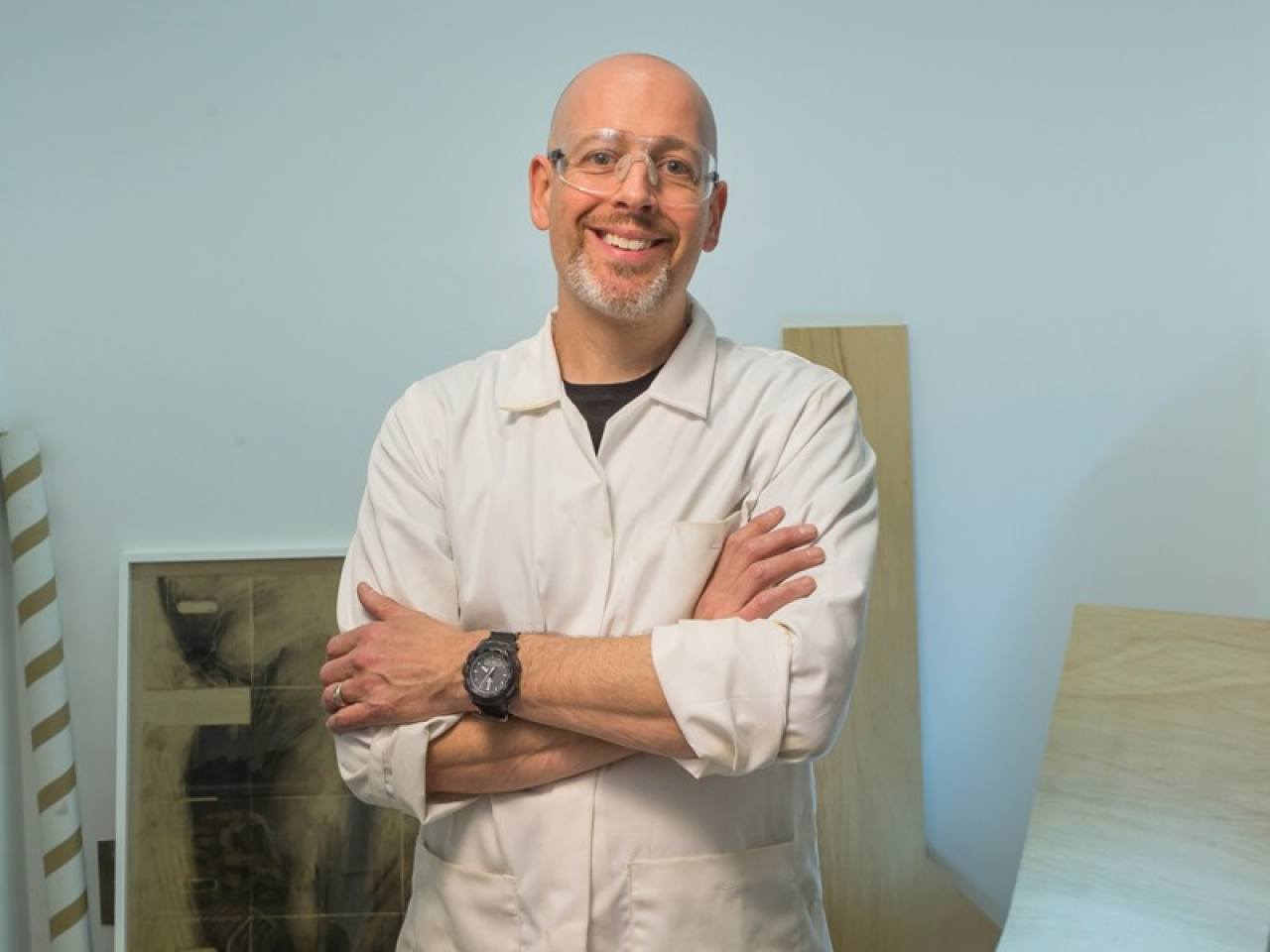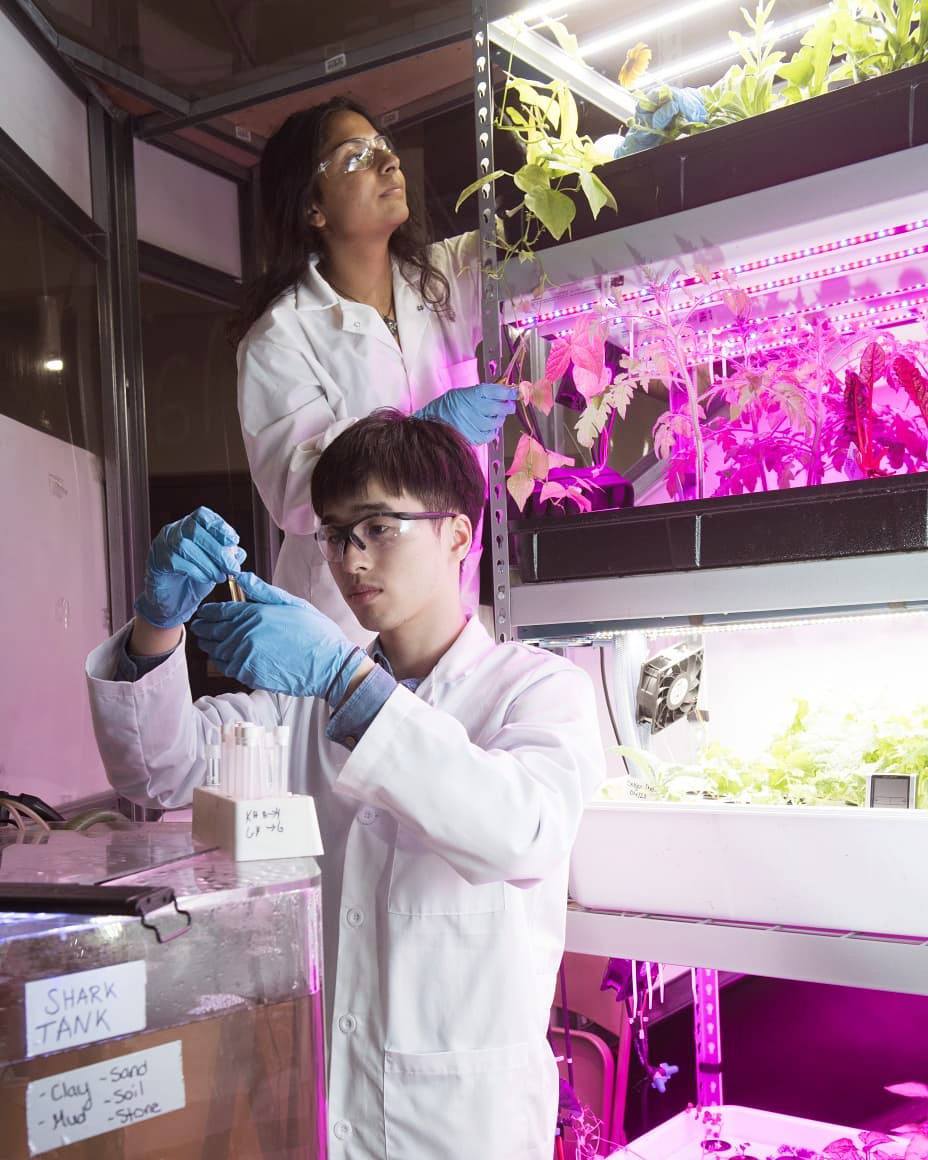Every day Professor David Fitch asks a deceptively simple question: Why and how do cells change shape? For answers, he looks to the humble C. elegans, a microscopic worm. Specifically, Professor Fitch is studying the four cells that make up the tip of the male worm’s tail. These cells change shape, a process called morphogenesis, just before the worm is ready to mate. Discovering how this process works could help scientists understand much larger issues like evolution, human development, and disease. Morphogenesis is involved in how an embryo changes from a dividing mass of cells into a fully formed organism. And in fully developed organisms, faulty morphogenesis sometimes goes by another name: cancer.
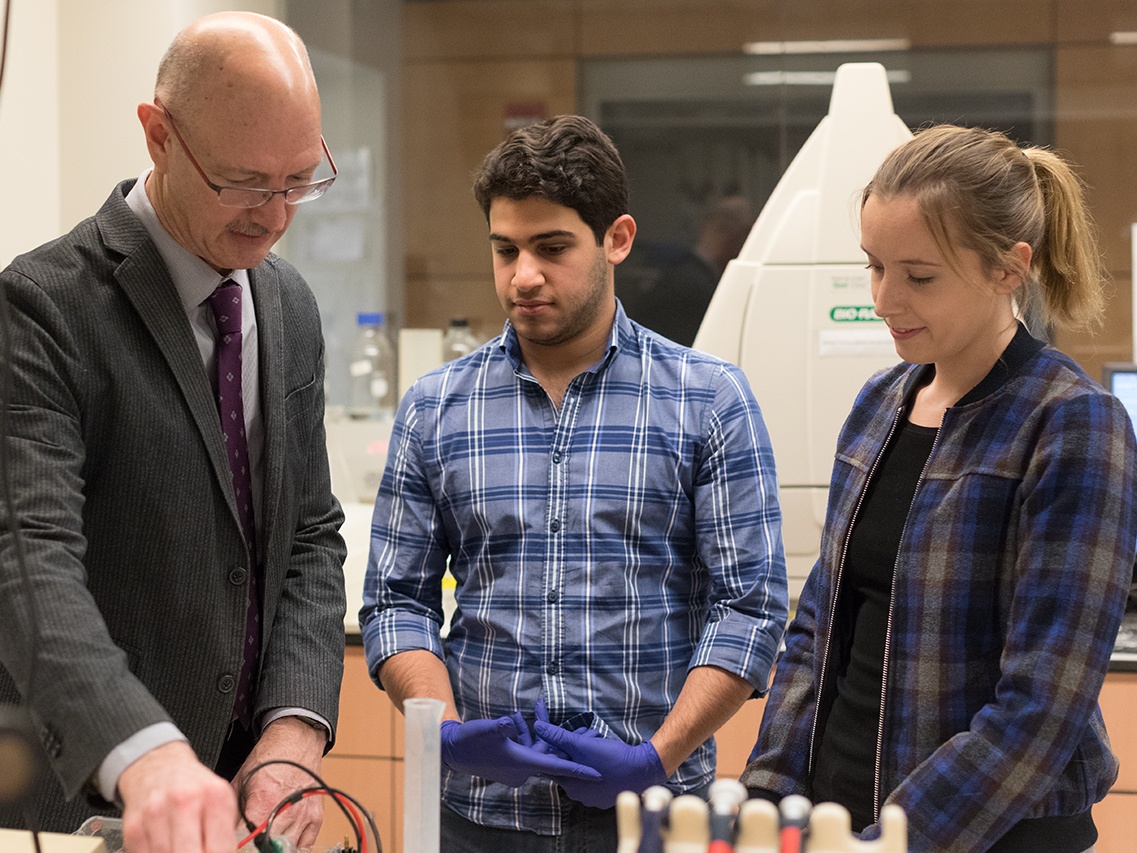
Start Small, Think Big
Professor Fitch has been teaching in the Department of Biology at the NYU College of Arts and Science since 1993, and he has been working with C. elegans almost the entire time. “Worms are like little people,” he explains. “We share basically the same toolbox of genes, and how those genes are tweaked in different ways causes our evolutionary differences. So by focusing on a system as simple as the four cells in the tail of the male C. elegans,” says Fitch, whose research has gained him recognition from the National Science Foundation and the National Institutes of Health, “you should really be able to understand the processes at work in this small example, and then what you learn might apply to other, more complex organisms. It’s called the model systems approach. You find a little model, and from that you can scale up your inferences.”
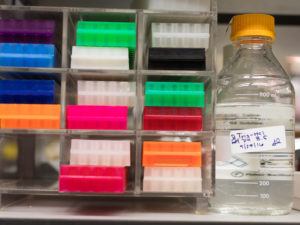
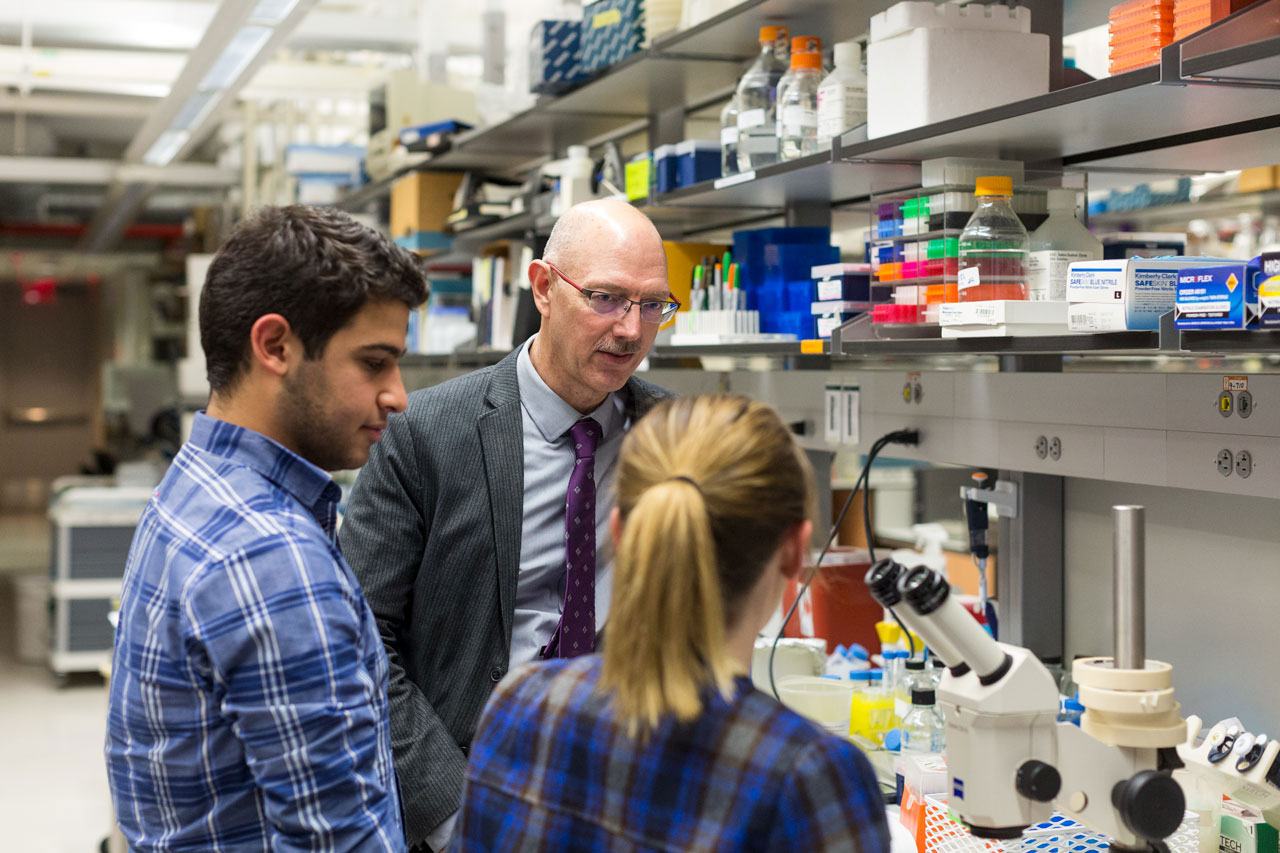
The Student Connection
Professor Fitch welcomes student involvement in his research and regularly brings undergraduates from his introductory courses into his lab as assistants. “I enjoy teaching, and the best kind of teaching is the one-on-one mentorship experience with a student in the laboratory,” he says. He also welcomes nonmajors. “Undergraduates come to work in my lab because they want to learn, which affects the dynamic of the entire laboratory,” he says. “They up the level of enthusiasm, and they’re also very valuable to the research.” Fitch has even invited his students to contribute to scientific papers. “It’s really exciting for them to have their work published,” he says. “It’s a great experience for everyone—together, we’re pushing the frontiers of knowledge.”
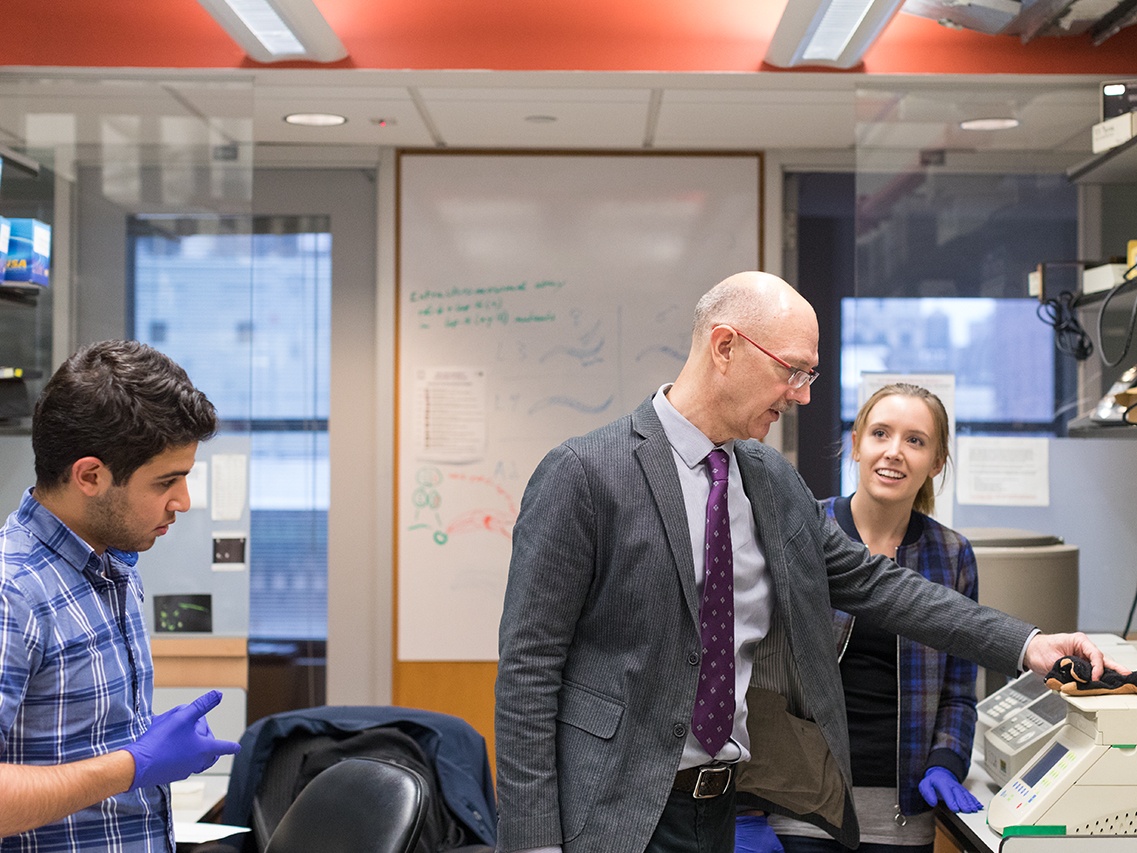
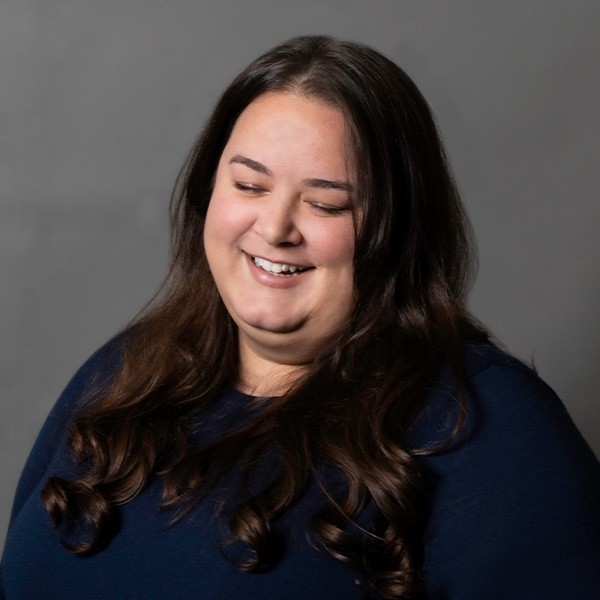
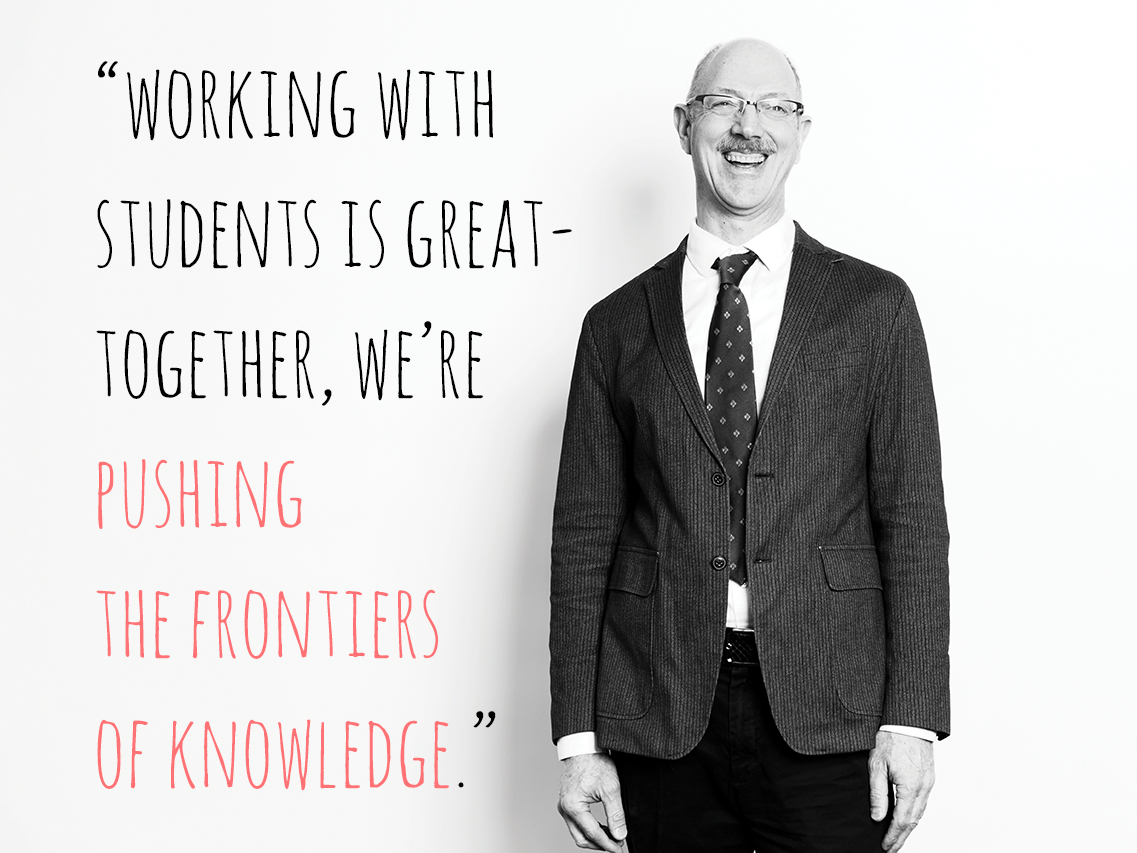
![[Professor Michael Ralph]](https://meet.nyu.edu/wp-content/uploads/2019/06/Featured_Image-1.jpg)
